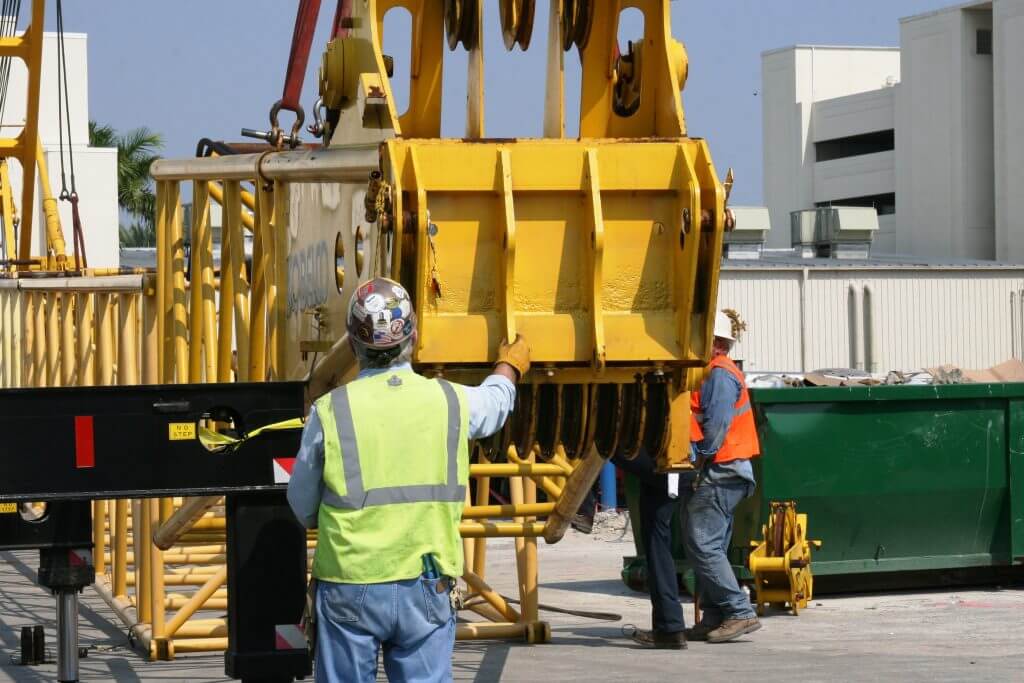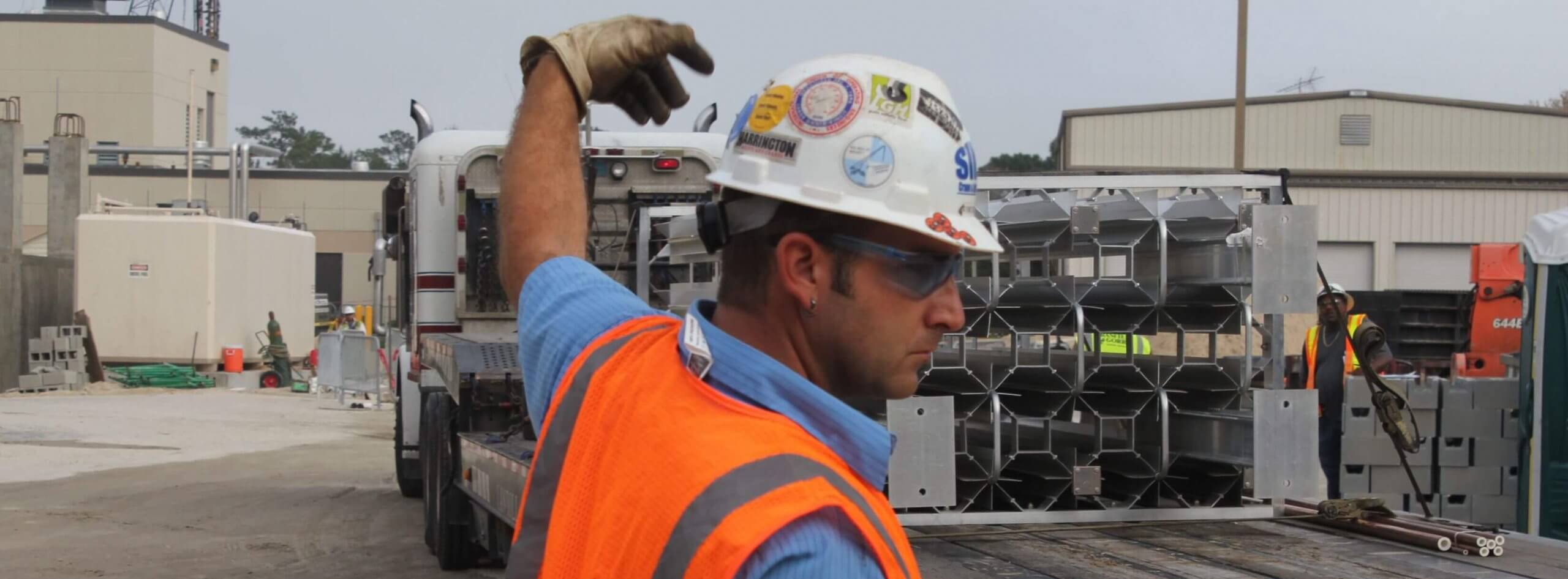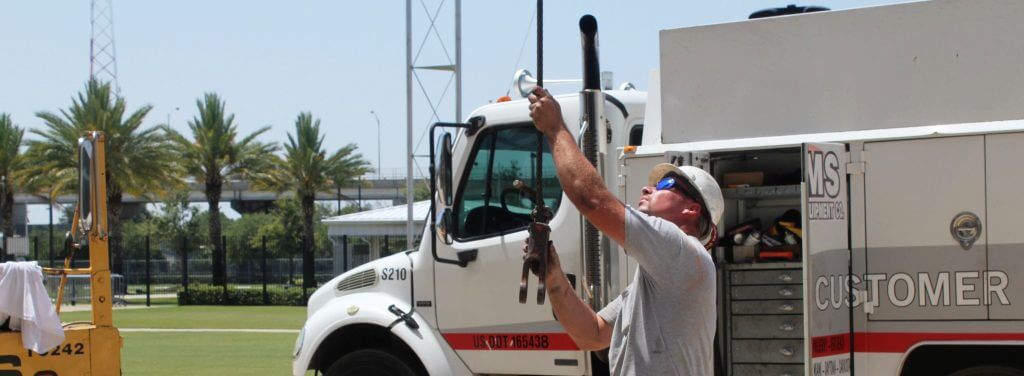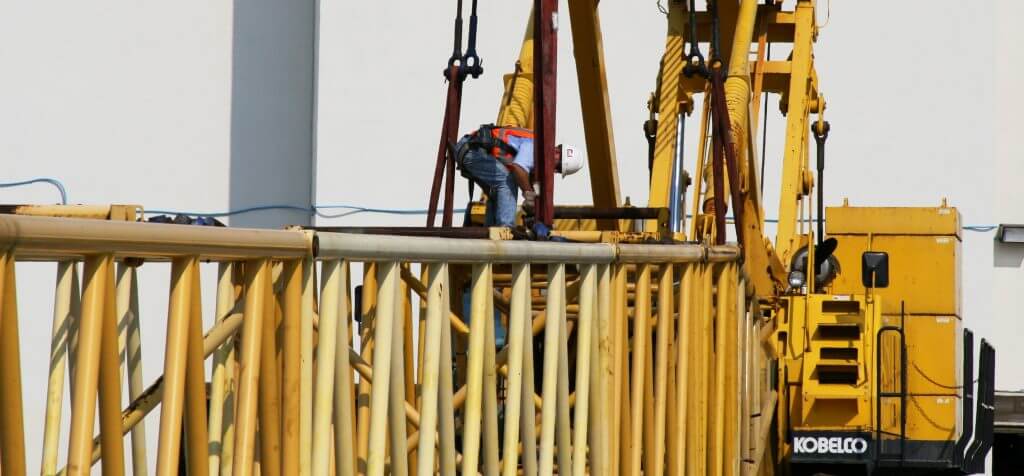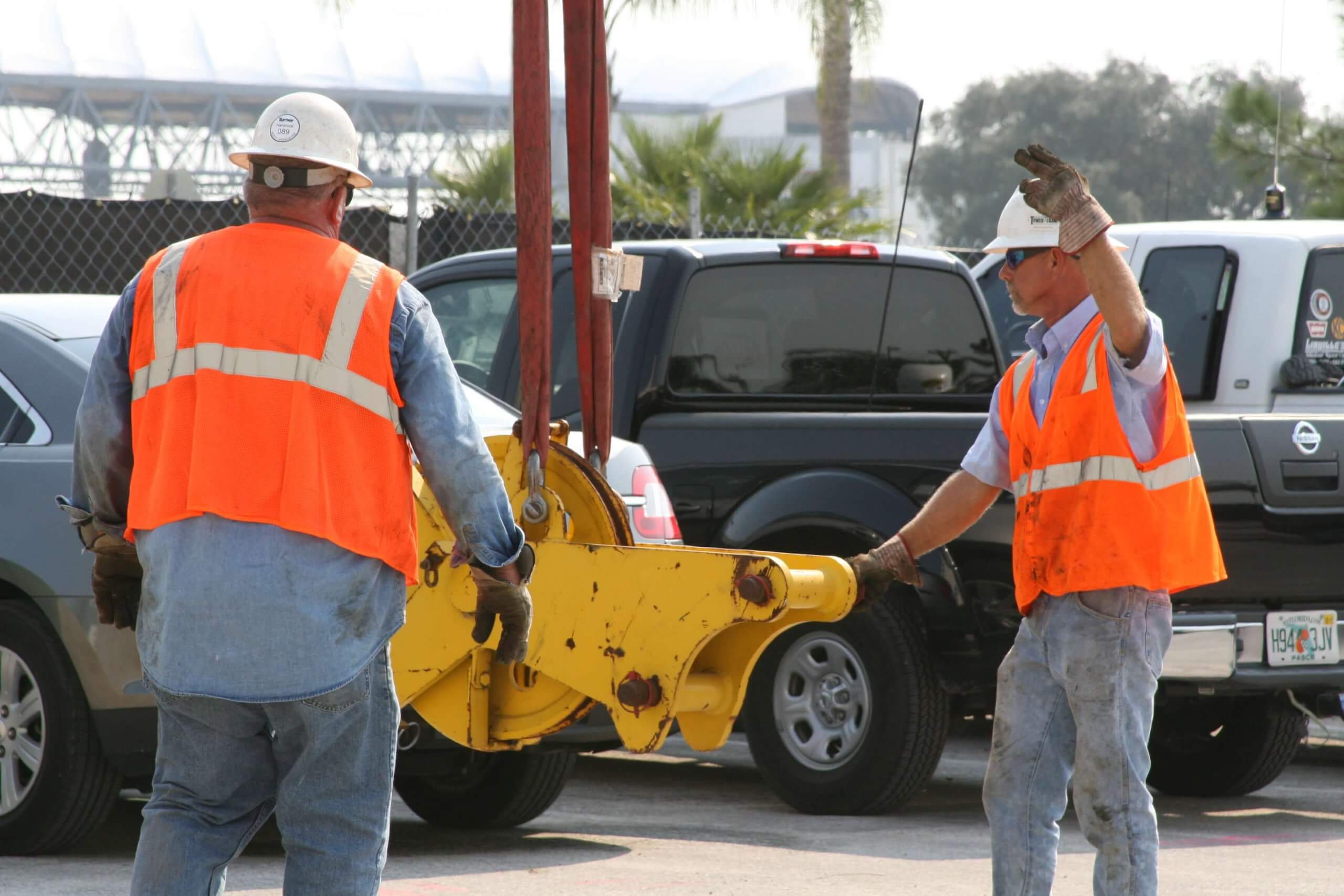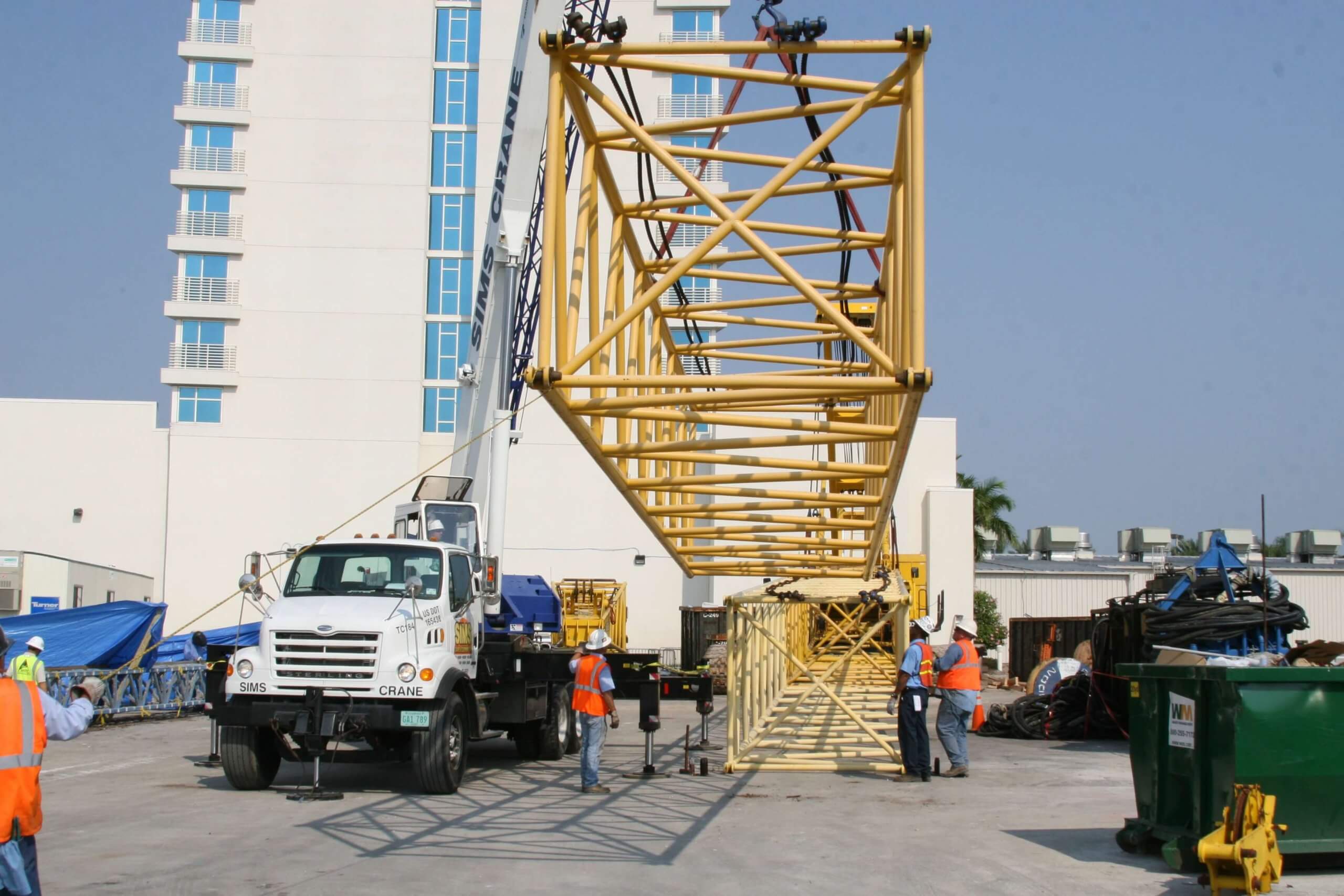-
Qualified Rigging
-
Qualified Rigging for employers
-
Qualified Rigging
-
nccco lattice boom
Qualified Rigging Program Guidelines
- Qualified Rigging
- Qualified Rigging for employers
- Qualified Rigging
- nccco lattice boom
A Qualified Rigging Program requires unconditional support from everyone in the company, starting from the top down. This includes contractors and all personnel involved in the planning and execution of any rigging procedure.
Initially leadership and management are responsible for the financial costs and setup, but every party must be supportive in pursuit of excellence, otherwise the program may be compromised. For a Qualified Rigging program to be a success, each party involved must be supported unconditionally. This is a culture that needs to be developed and supported. After all we are defying the laws of gravity, and as we know gravity is predictable. Which leads us to our next topic.
Managing Risk in a Qualified Rigging Program
Managing risk is taking what you know and understand, (the information that is predictable and constant) and measuring it against the variables (the unknown, unpredictable information). There are simple easy to use methods and practices that help identify risk. It starts with identifying and evaluating your rigging environment. Measuring the number of lifts per day, week, month and year. The rigging hardware that is used, the inspection criteria, who is trained and how they are trained are good steps to take. We can help you develop a robust rigging program.
Documentation for a Qualified Rigging Program
OSHA requires that a qualified Rigging program includes all the necessary documentation in the event an audit takes place, or if an accident occurs. The Qualified Rigging Program must include training records, employee credentials, periodic inspections and annual inspections of equipment used and any site-specific information. This documentation must be kept on site either electronically or in paper form.
Personnel involved in a Qualified Rigging Program
Who is doing what on the site? You must clearly identify the roles of each person involved in a lift. Who is the site supervisor, lift director, operator, rigger or signal person? How are these people trained? Who trained them and are they up to date with the proper credentials? Bringing the crew together and understanding the roles of each person involved is important to a qualified rigging program. We are here to help you organize what you need. Training those who are enrolled in OperatorNetwork’s Qualified Rigging Program is easy. It costs $129 per employee and that includes both Qualified Rigging and Signal Person Hand Audible and Radio. This program is compliant with ASME B30.5 and OSHA CFR 1926.1400.
For more information visit www.operatornetwork.com or call 614-558-1793




